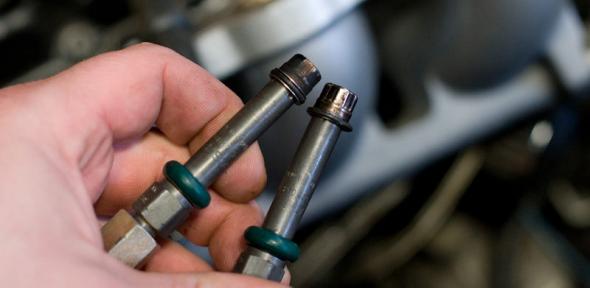
Cambridge academics from the Engineering Department and the Department of Applied Maths and Theoretical Physics (DAMTP) have been organising workshops across India and the UK on new techniques in flow instability that could provide powerful new insights for engineers.
These techniques are similar to Computational Fluid Mechanics but, instead of showing how a flow behaves, they show the regions of a flow that are most influential in generating or eliminating a particular behaviour.
For instance, when air flows round a chimney, air can flap from side to side rather like a flag, causing oscillations in the chimney itself. If an engineer wanted to stop this flapping, these techniques would show exactly which parts of the flow are responsible and how they should be modified to prevent the flapping.
The same techniques can be applied to more complex situations, such as flames and, eventually, gas turbine fuel injectors.
The Advanced Instability Methods (AIM) Network was set up in January 2009 by Dr. Matthew Juniper at the Department of Engineering, together with researchers at IIT Madras, DAMTP, Imperial College London, Ecole Polytechnique and the Nehru Centre in Bangalore. It is funded by EPSRC. Since then, over 170 researchers have attended AIM Network events in the UK and India and six further workshops are planned in the next academic year.
The first grant arising from the Network, worth £800,000 over three years to Cambridge and Imperial College, has just been awarded. The proposed work is to apply these techniques to the flow around wind turbines and to the oscillations inside rocket and aircraft engine combustion chambers.

